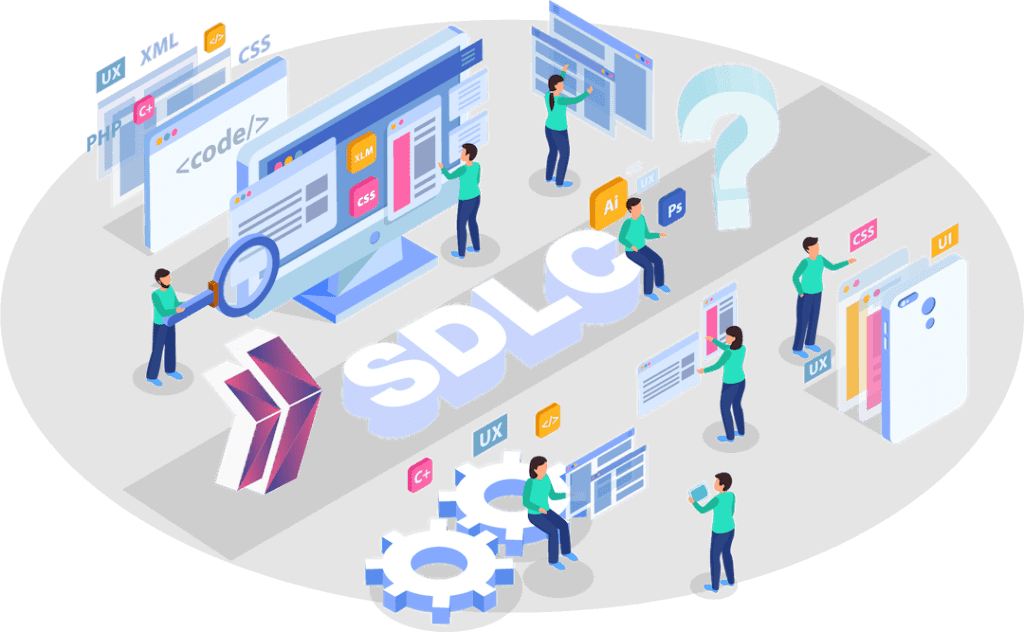What is SDLC?
The software development life cycle (SDLC) is a framework defining tasks performed at each step in the software development process. The software development life cycle is a process that can be used by organizations to develop and improve their software products. SDLC is a process followed by the software industry to design, develop and test high-quality software.
What are the main Stages of SDLC?
The SDLC cycle includes four main stages: requirements gathering, design, implementation, and testing. Each stage has its own set of activities that must be completed before moving on to the next stage.
The first stage, requirements gathering, is important for understanding the needs of the users and the business. This stage includes interviews, surveys, and other research methods to gather information about the user’s needs.
The second stage, design, is when the software is designed. This stage includes the development of prototypes and the creation of user interface designs.
The third stage, implementation, is when the software is coded and tested. This stage includes the development of test cases and the execution of tests.
The fourth stage, testing, is when the software is evaluated. This stage includes the development of test plans and the execution of tests. The software development life cycle is an important tool for organizations to use to improve their software products. It helps to ensure that the products meet the needs of the users and the business.
Various Models of SDLC?
- the waterfall model.
- the spiral model.
- the agile model
- the DevOps model.


